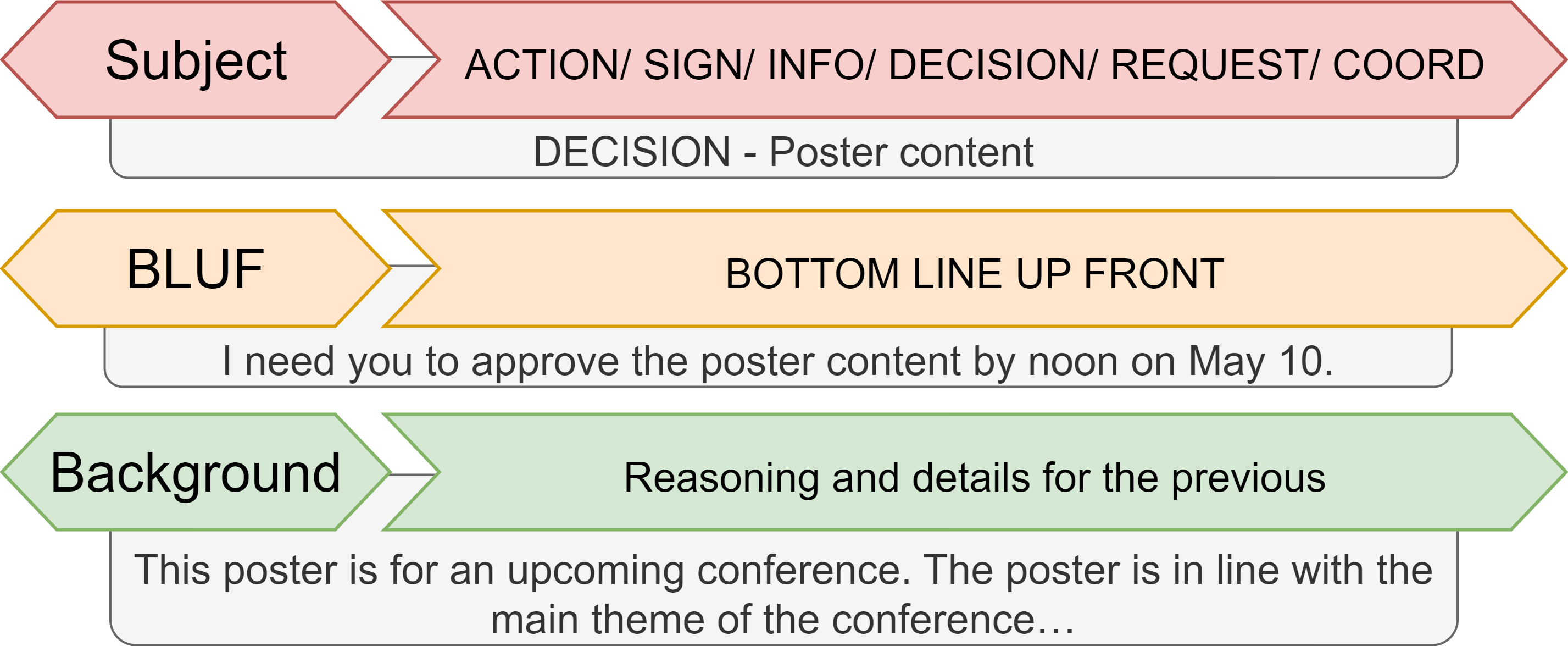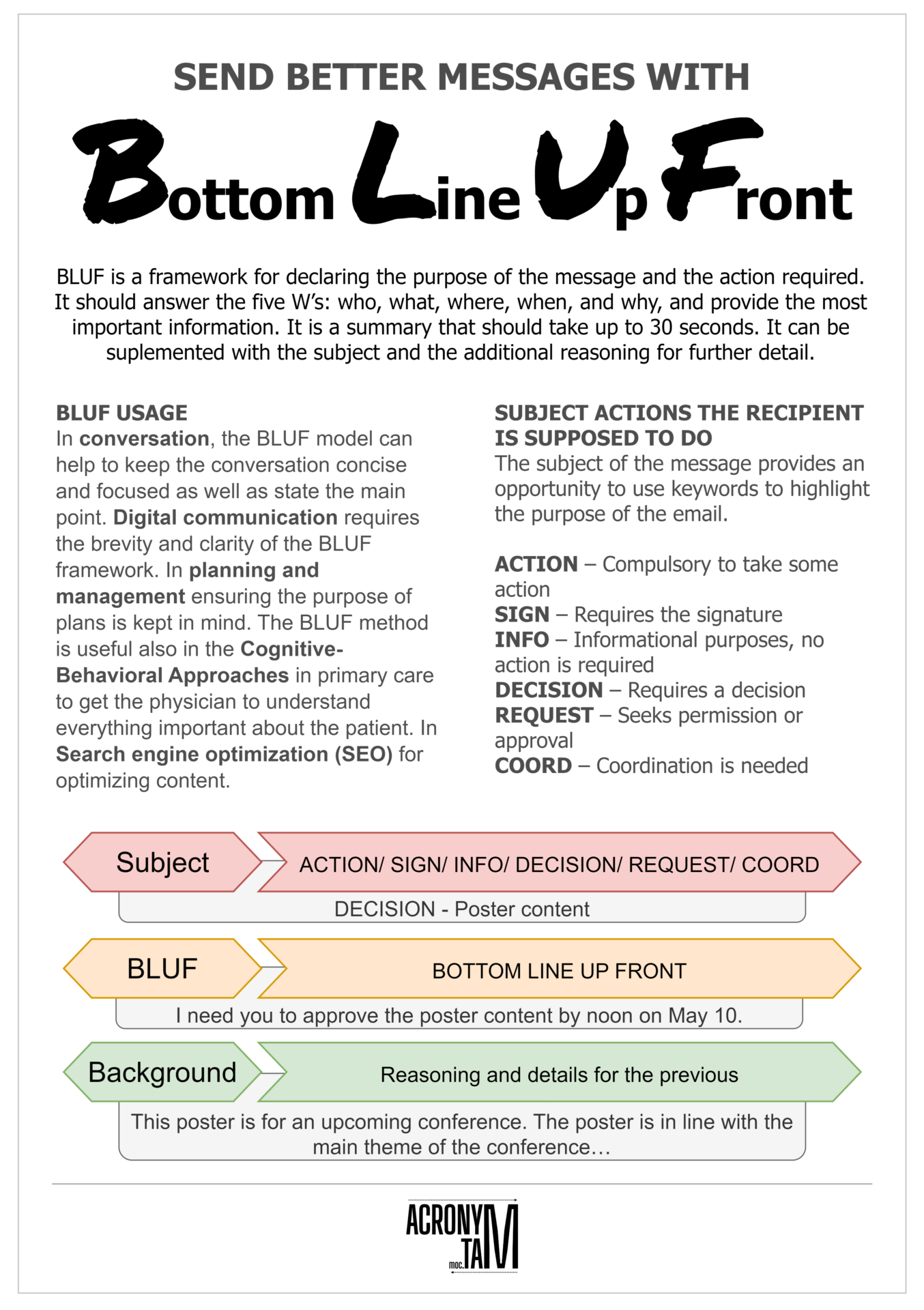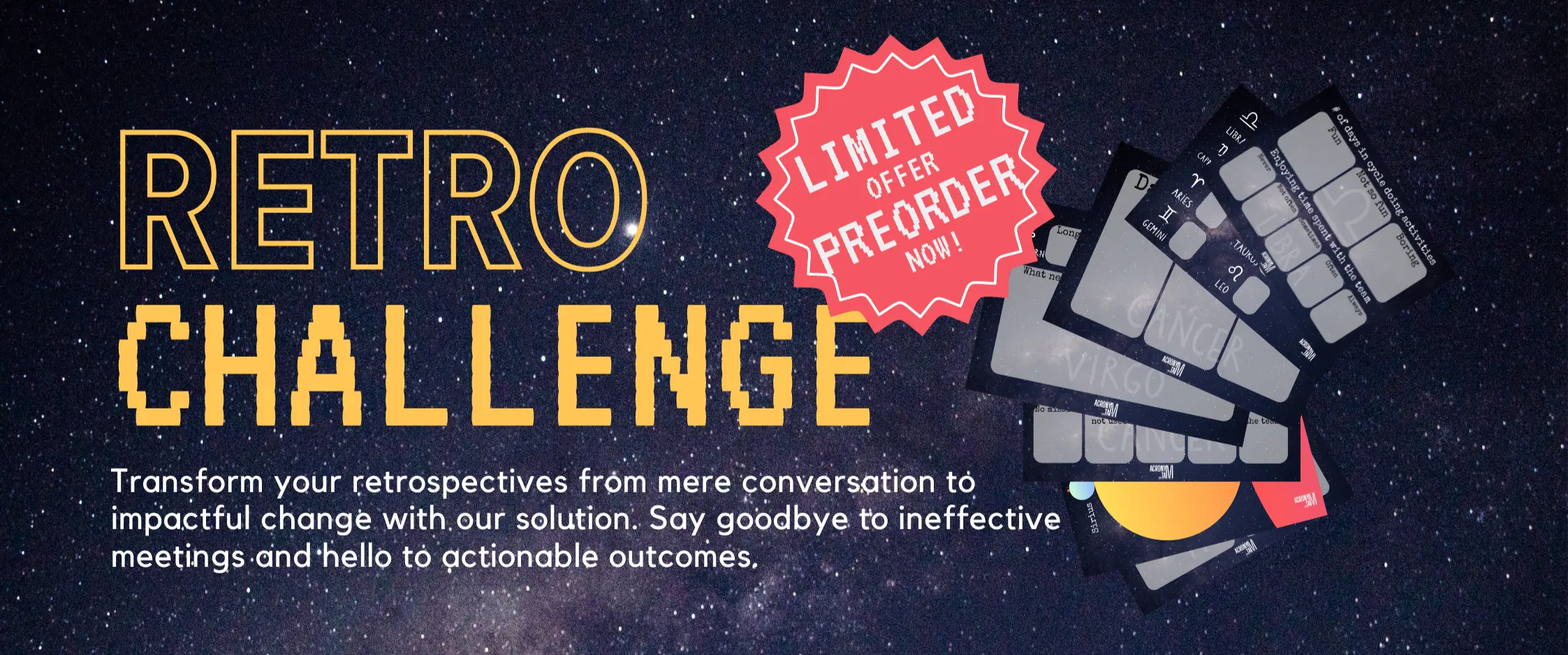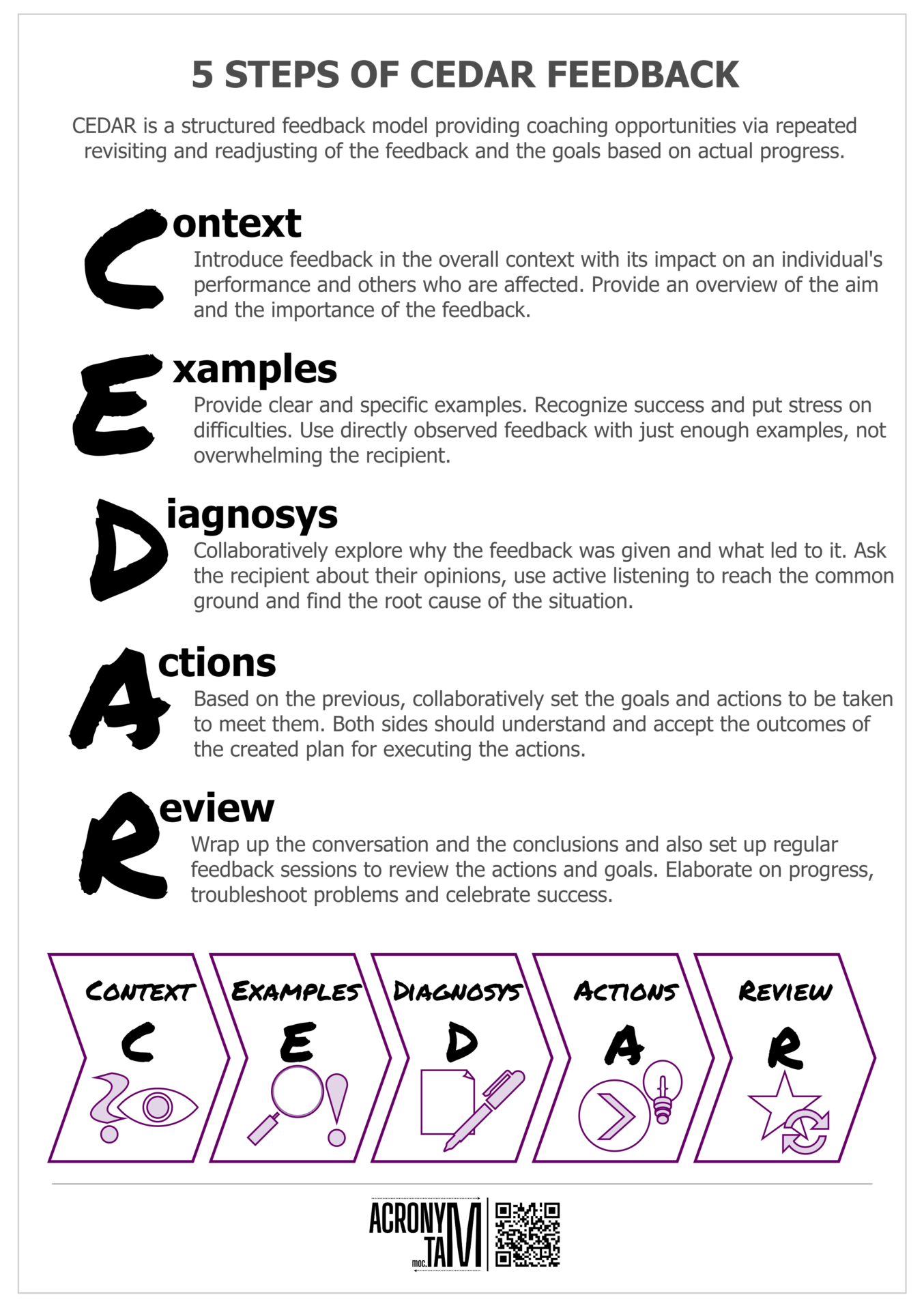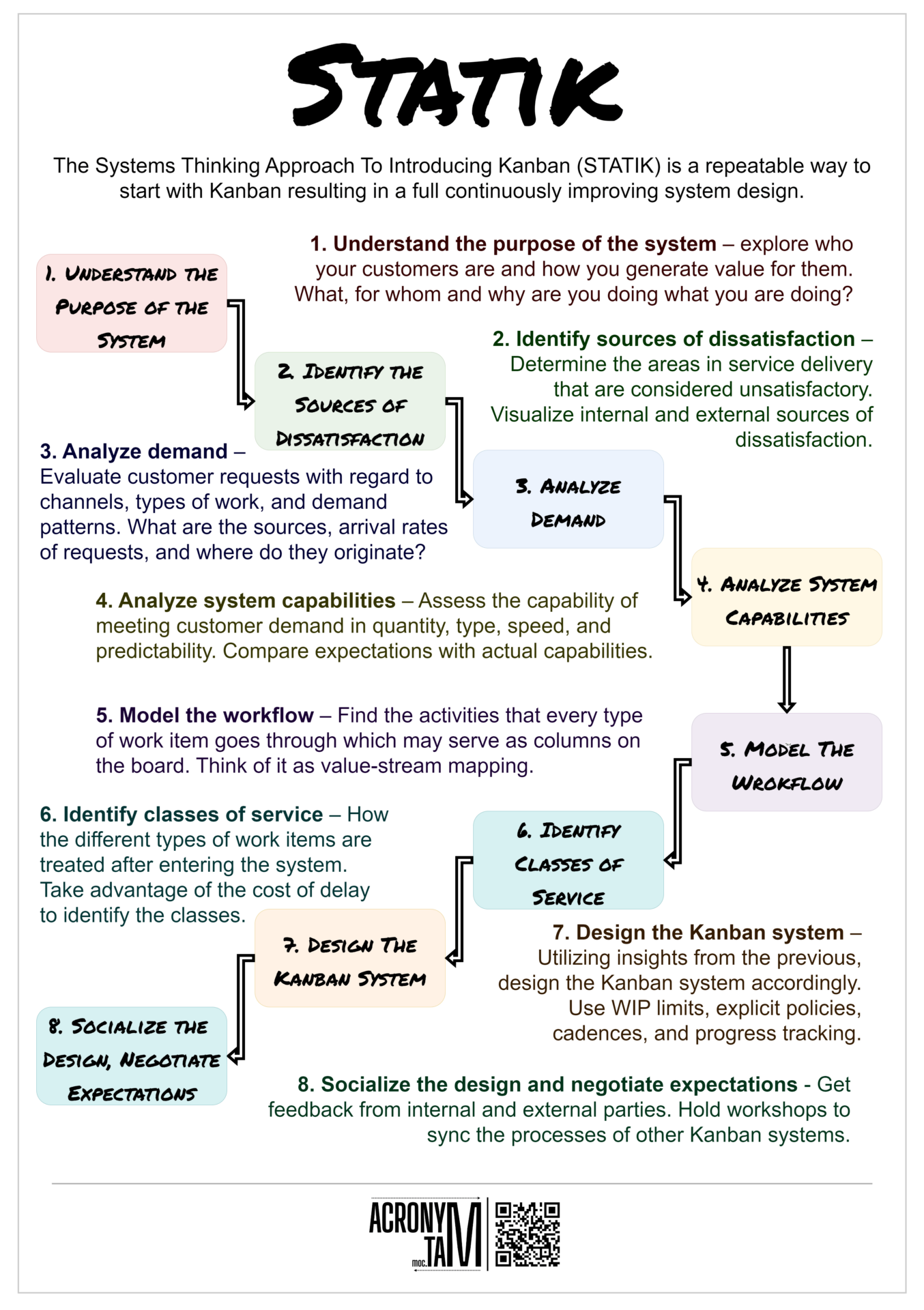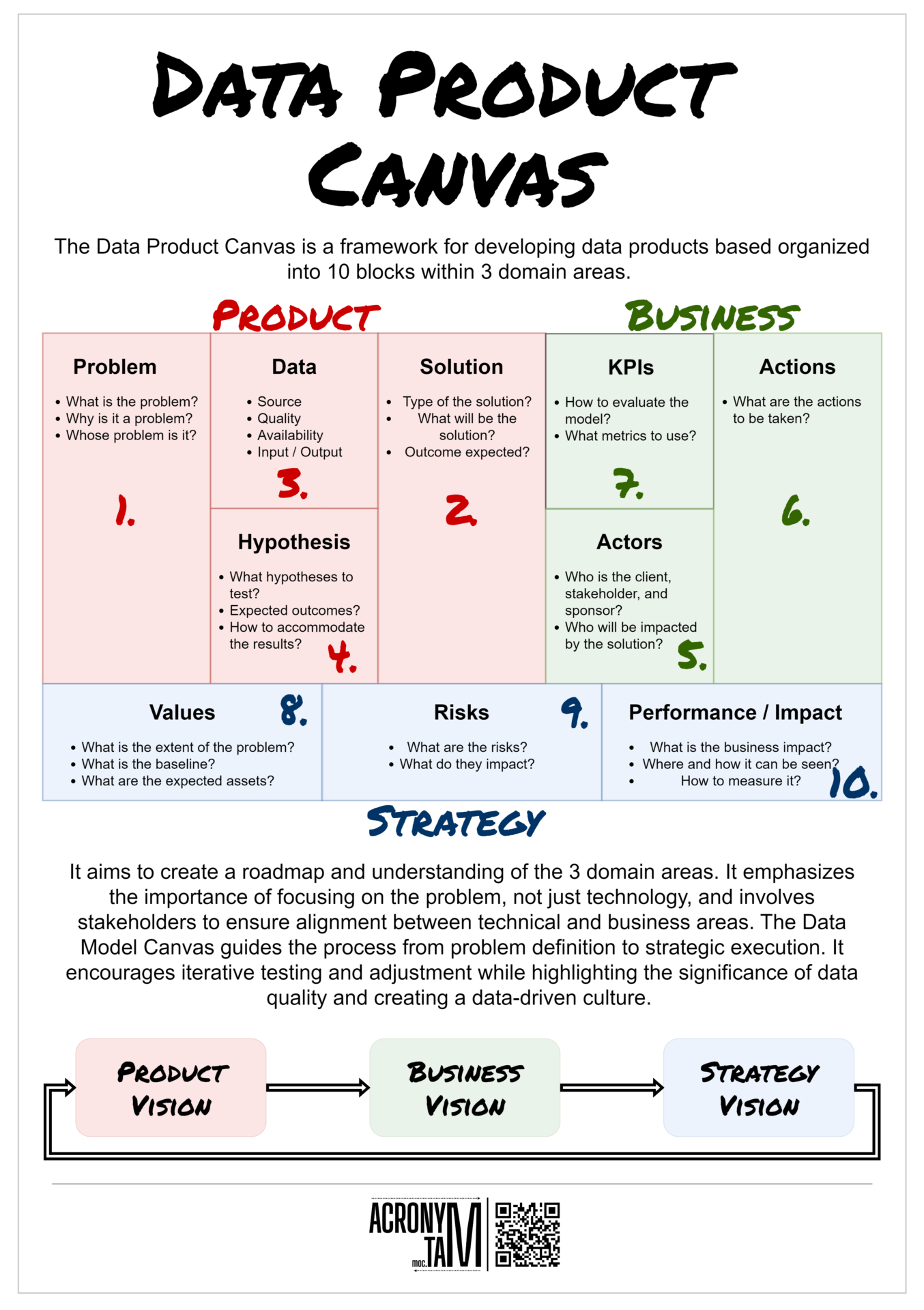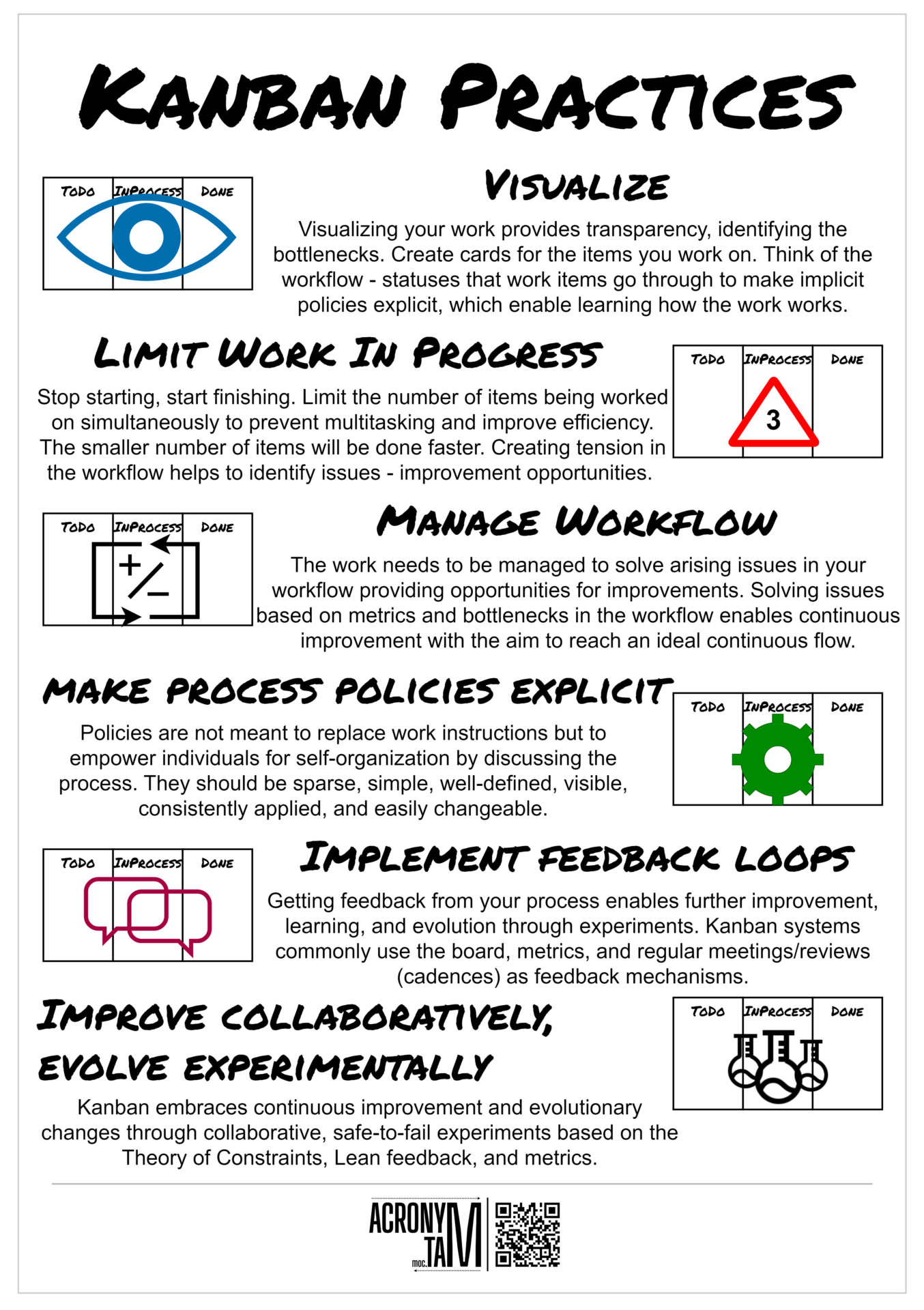Article
BLUF is a framework for declaring the purpose of the message and the action required. It should answer the five W’s: who, what, where, when, and why, and provide the most important information. It is a summary that should take up to 30 seconds. It can be supplemented with the subject and the additional reasoning for further detail.
Subject actions the recipient is supposed to do
The subject of the message provides an opportunity to use keywords to highlight the purpose of the email.
- ACTION – Compulsory to take some action
- SIGN – Requires the signature
- INFO – For informational purposes, no action is required
- DECISION – Requires a decision
- REQUEST – Seeks permission or approval
- COORD – Coordination is needed
BLUF USAGE
In conversation, the BLUF model can help to keep the conversation concise and focused as well as state the main point. Digital communication requires the brevity and clarity of the BLUF framework. In planning and management ensuring the purpose of plans is kept in mind. The BLUF method is useful also in the Cognitive-Behavioral Approaches in primary care to get the physician to understand everything important about the patient. In Search engine optimization (SEO) for optimizing content.
